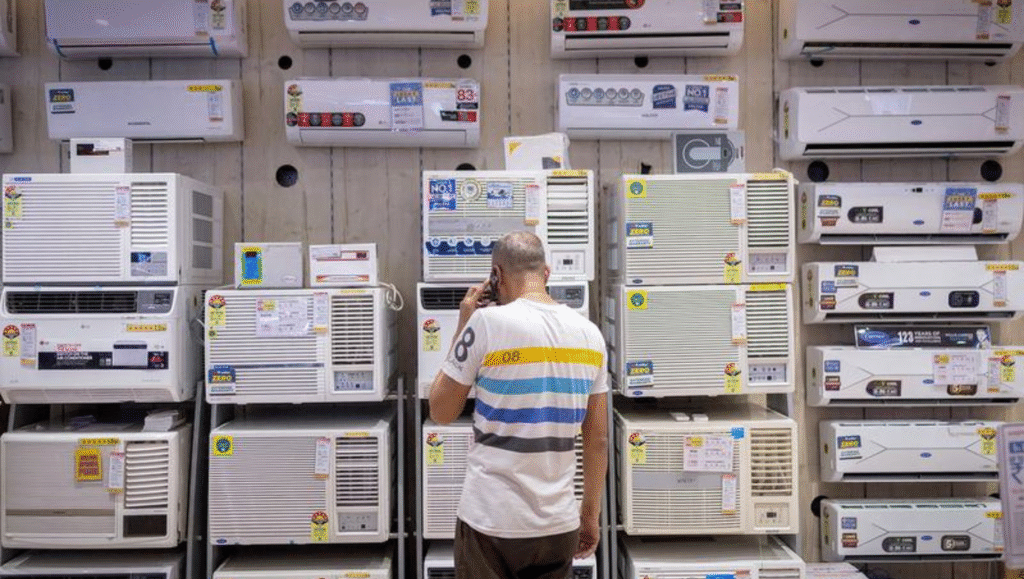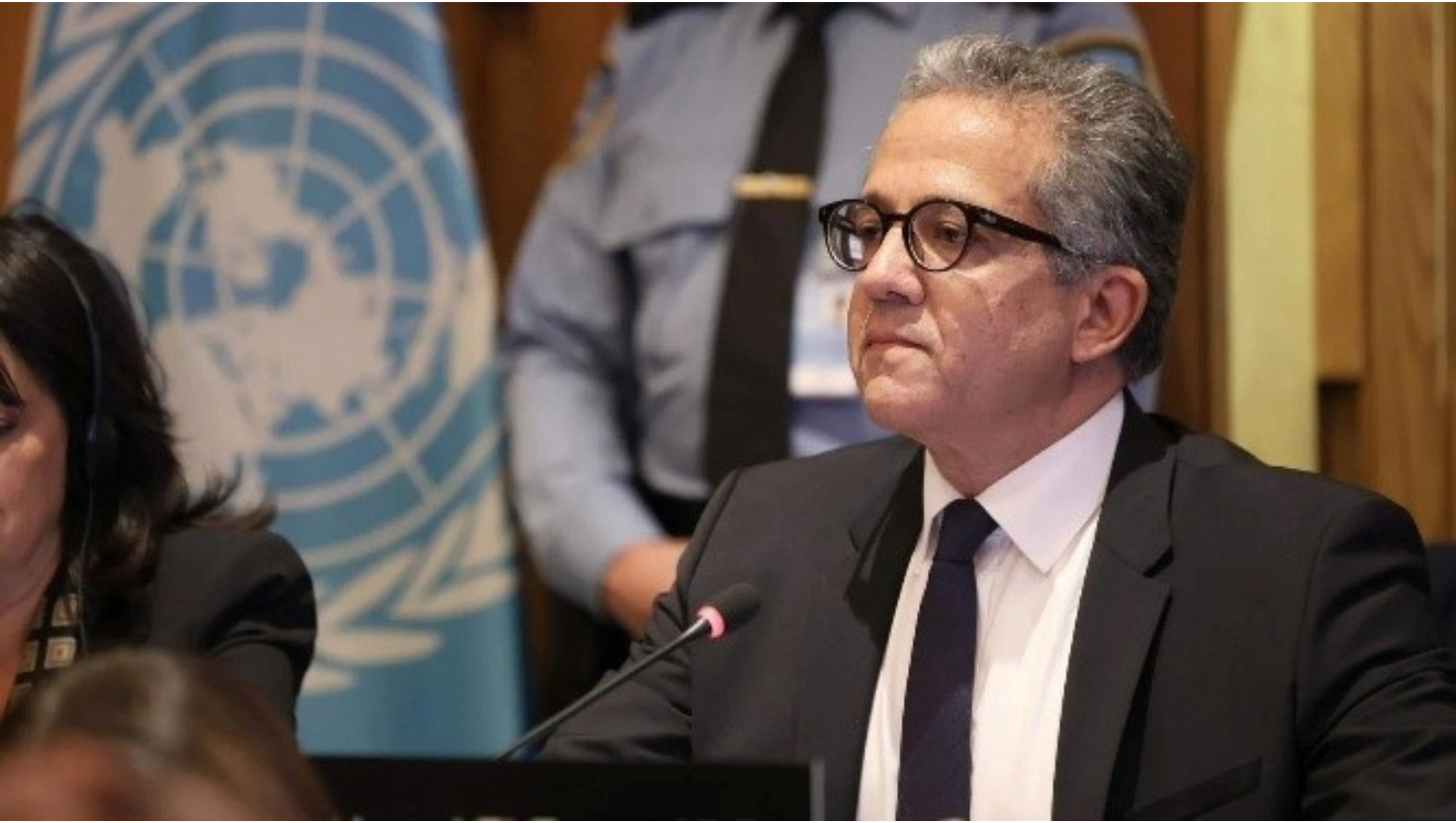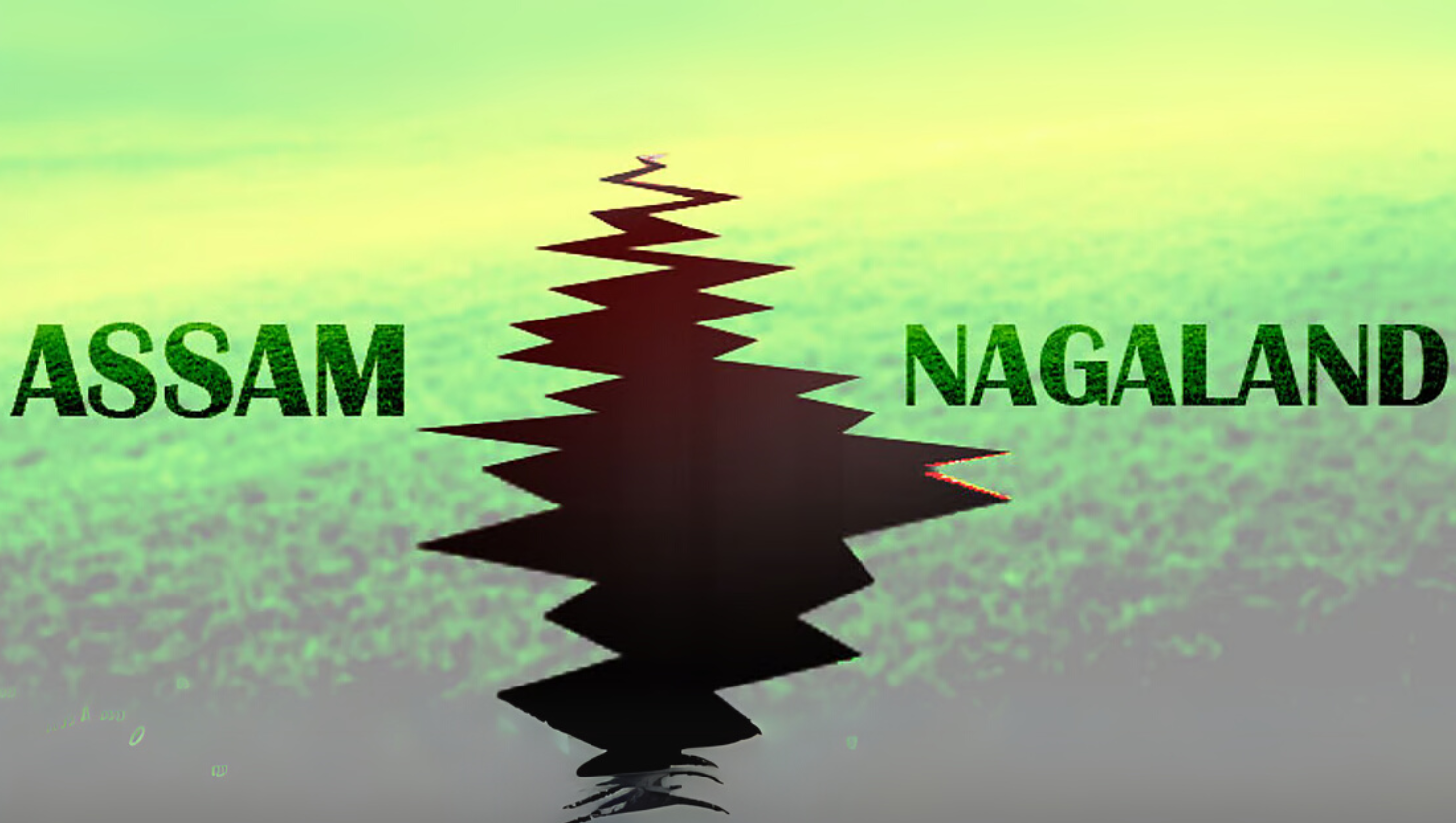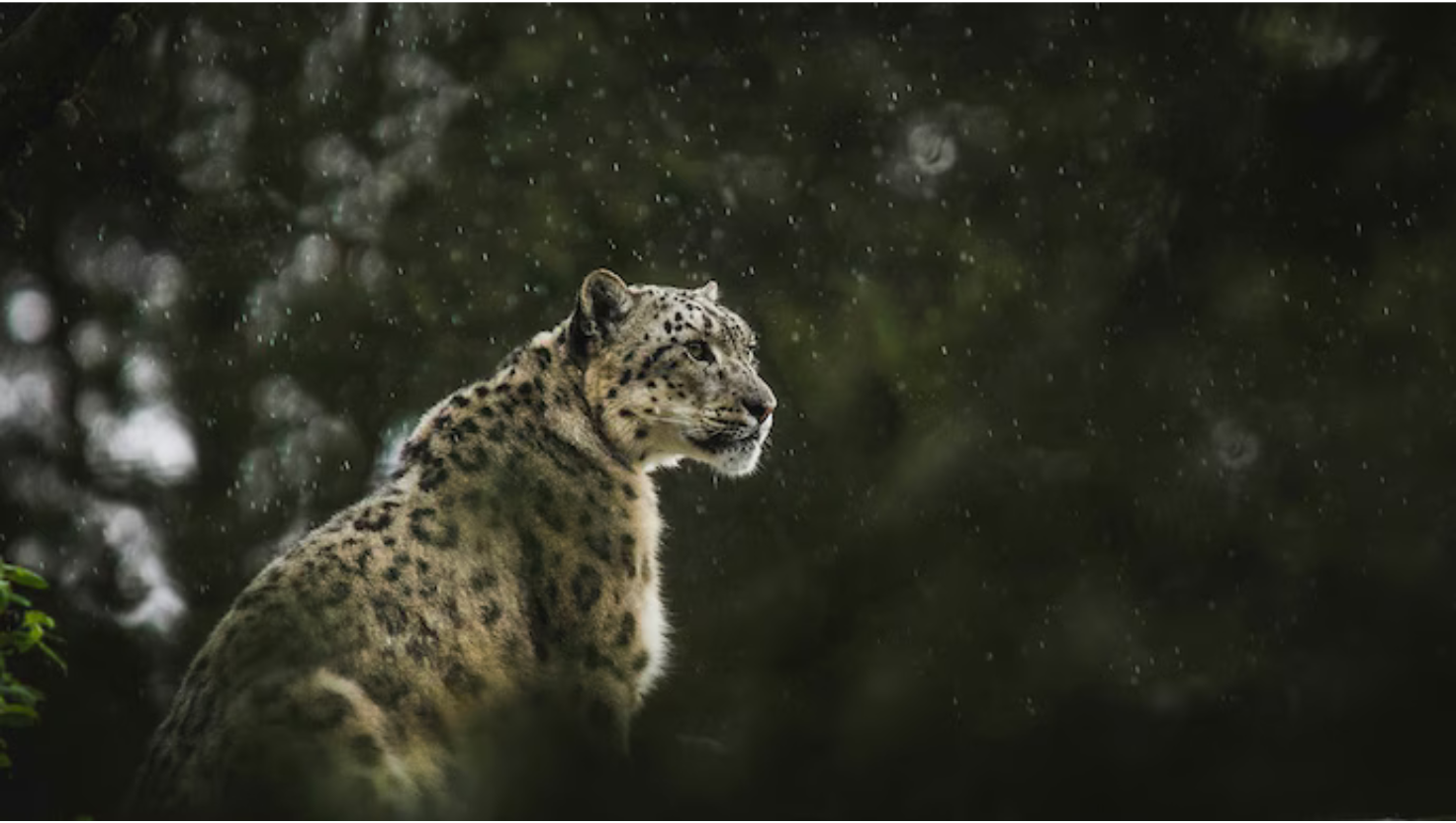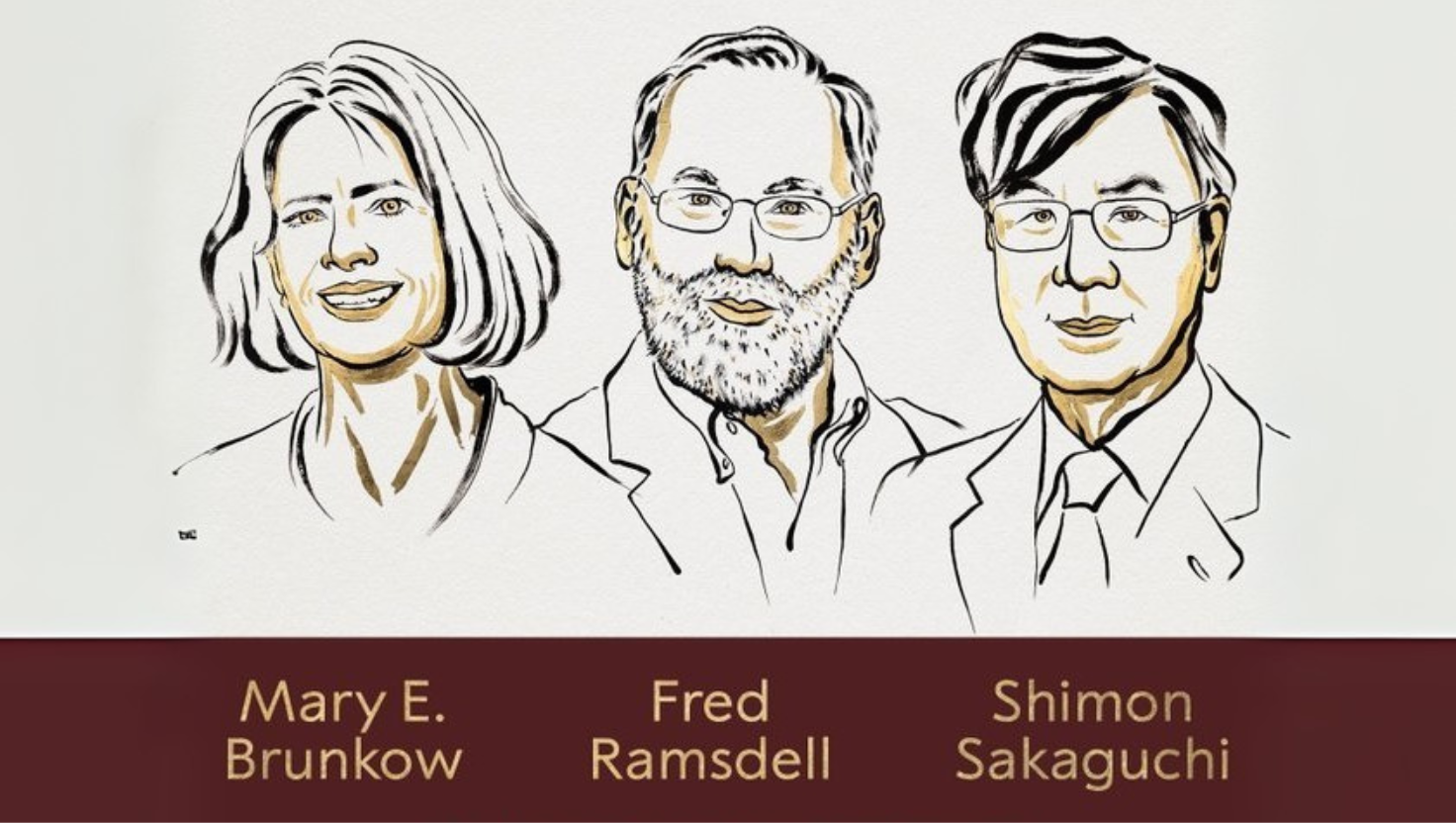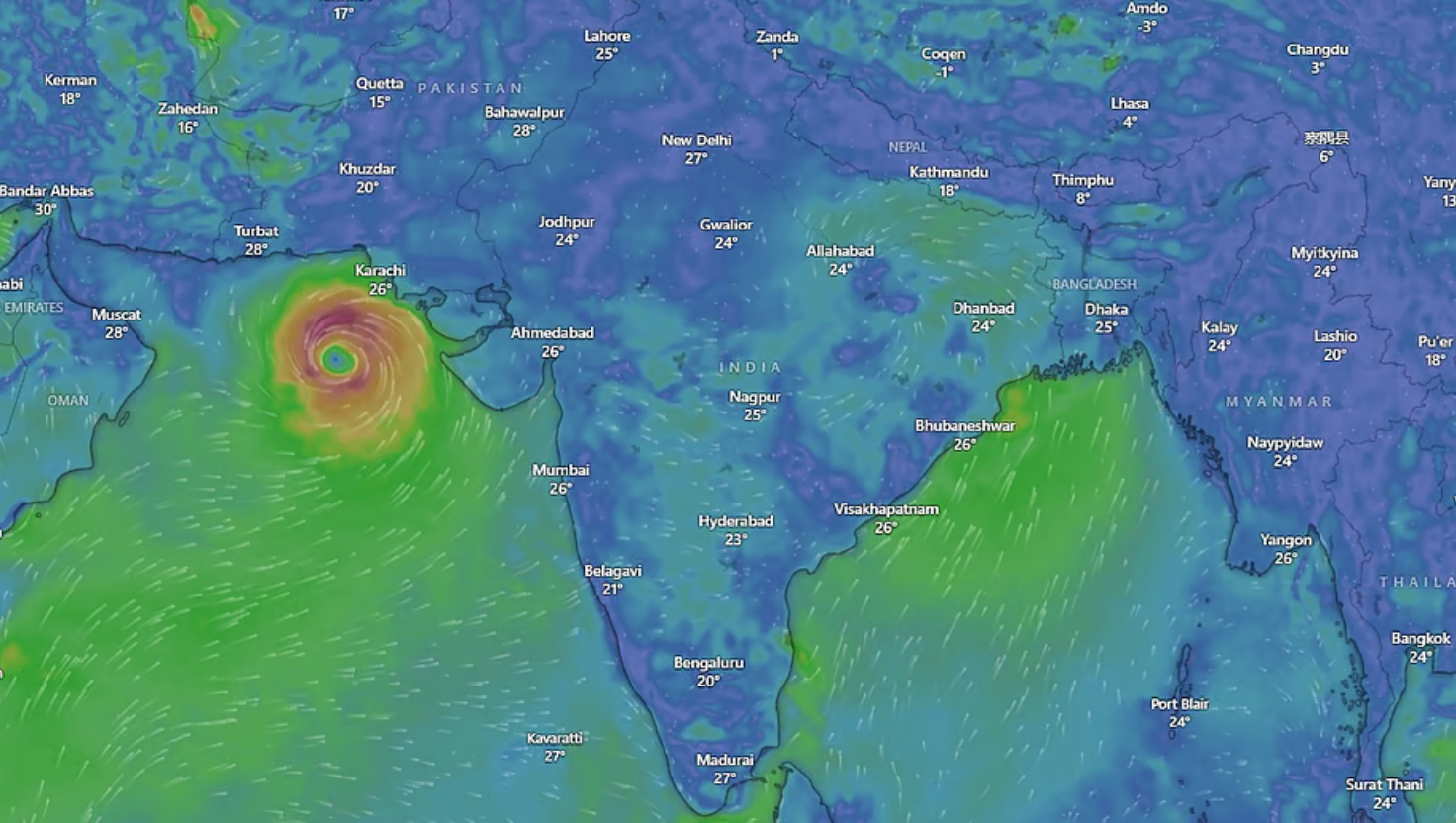Cooling Rights in a Sweltering South
Syllabus: Climate and Energy (UPSC GS III)
Source: The Hindu
Context
In June 2025, the Government of India mandated all new air-conditioners (ACs) to operate between 20°C–28°C (default 24°C) to save energy and reduce emissions. This has reopened debates on universal access to cooling as both a public health safeguard and a climate adaptation necessity, especially for India and the Global South.
What is Cooling?
- Meaning: Cooling reduces heat load in an environment to provide thermal comfort, protect health, and preserve essential systems.
- Not just luxury: It is now a tool for climate adaptation.
Functions of Cooling
- Protective: Prevents heat-related deaths and illnesses.
- Enabling: Maintains productivity in heat-exposed sectors like agriculture and construction.
- Supportive: Essential for healthcare services (vaccine storage, neonatal care).
- Inequitable: Mostly accessible to the rich; poor and rural populations remain vulnerable.
- Energy-intensive: Growing demand can worsen emissions unless powered by clean energy.
Why Cooling is Critical
- Health impacts: WHO reported 4.9 lakh heat-related deaths worldwide (2000–2019); India recorded 20,000+ deaths.
- Labour vulnerability: ~80% of India’s workforce works outdoors in agriculture, construction, or informal jobs.
- Healthcare fragility: Many health centres in South Asia lack reliable electricity, making cooling critical.
- Equity gap: Only 5% of Indian households own ACs (13% urban, 1% rural), compared to 90% in the US and Japan.
- Energy challenge: GoI’s AC regulation could save 20 billion units of electricity, ₹10,000 crore, and 16 MT CO₂ annually.
Global North vs Global South Divide
- Global North: AC expansion seen as legitimate “adaptation” to climate change.
- Global South: Rising demand viewed as a “mitigation burden” adding to global emissions.
- Issue: Highlights climate injustice and need for development equity.
India’s Policy Landscape
- India Cooling Action Plan (ICAP), 2019: Reduce cooling demand by 20–25% by 2037–38; promote efficiency, building codes, green refrigerants.
- Heat Action Plans (HAPs): Began in Ahmedabad (2013); now in 23 states. Weaknesses include poor funding, limited rural coverage, weak enforcement.
- BEE Regulations: Default AC setting at 24°C; star-labelling for efficiency.
- International Commitment: Kigali Amendment (2016) → phasedown of HFCs by 85% by 2047.
Challenges
- Affordability: ACs remain unaffordable for most households.
- Energy poverty: India’s per capita electricity use (1,327 kWh) is far below global average.
- Infrastructure gaps: Few heat shelters, shaded spaces, and climate-resilient buildings.
- Climate trade-off: More AC use could raise emissions unless renewable-based.
- Policy gaps: Weak HAP implementation; lack of recognition of “cooling rights.”
Way Forward
- Cooling as a right: Recognise access to cooling as a public health right, similar to food and water.
- Public infrastructure: Expand cooling centres, shaded walkways, and heat shelters.
- Labour protection: Heat-index based work-rest cycles, hydration breaks, shaded rest areas.
- Technology: Promote low-cost, energy-efficient ACs with green refrigerants; expand district cooling systems.
- Global cooperation: Seek climate finance and technology transfer for adaptation under UNFCCC frameworks.
Conclusion
Cooling must be recognised as a developmental right, not a luxury. For India and the Global South, the challenge is to ensure equitable access while maintaining energy efficiency. Policies must embed cooling in health, housing, and labour frameworks, while also pushing the Global North to share responsibility through climate justice.

